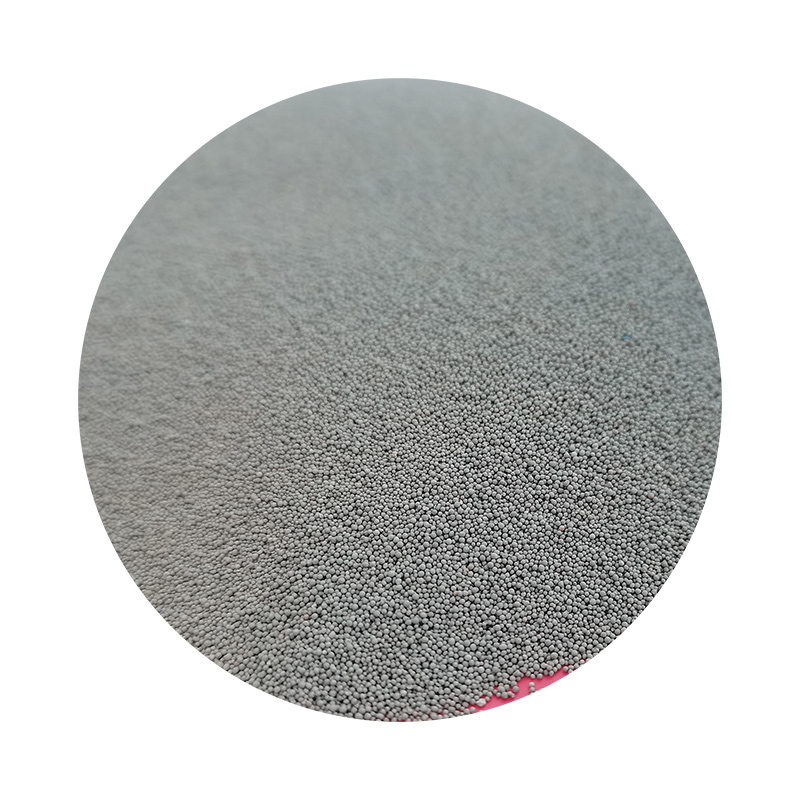

In terms of real-world applications, sand adds both aesthetic and functional benefits to various resin products. In functional items like flooring or countertops, sand not only contributes to interesting visual textures but it also enhances grip and reduces slippage—attributes critical in spaces requiring safety measures without sacrificing style. Artistic endeavors benefit similarly; embedding sand in resin crafts like jewelry, sculptures, or ocean-themed art provides unique tactile qualities and visual authenticity, reminiscent of natural shorelines. Authoritative voices in the art of resin work delve into thematic inspirations drawn from nature when utilizing sand in resin pieces. This approach enriches the storytelling aspect of the artwork, inviting the observer to connect with the piece on a personal level, often evoking memories or emotions associated with natural environments. For professional artists, blending sand with resin is not just about achieving a visual effect but crafting an immersive experience that captures the essence of the theme portrayed. Through trusted practices informed by both time-honored methods and innovative experimentation, artists and craftsmen can unlock a realm of possibilities in sand-resin compositions. By paying attention to detail—from the initial selection of materials through to the final finishing techniques—one can achieve not only superior aesthetic results but also ensure the structural integrity and longevity of the resin product. In conclusion, adding sand to resin embodies a sophisticated fusion of art and science, where every choice—from sand type to resin formulation—plays a critical role in the outcome. By leveraging professional insights and adhering to authoritative guidelines, creators can inspire confidence in their methods and elevate their craft, finding new ways to express creativity while pushing the boundaries of traditional resin projects. This dynamic interplay between material, technique, and vision continues to captivate and challenge artists and hobbyists alike, as each project becomes a unique testament to the art of blending sand and resin. Post time:Feb . 18, 2025 09:12
Next:resin coated sand suppliers
